Horseface loach - Acantopsis choirorhynchos
Scientific name: Acantopsis choirorhynchos
Common name: Horseface loach
Family: Cobitidae
Usual size in fish tanks: 20 - 30 cm (7.87 - 11.81 inch)
014
Recommended pH range: 6.5 - 7.8
Recommended water hardness: 6 - 12°N (107.14 - 214.29ppm)
0°C 32°F30°C 86°F
Recommended temperature range: 18 - 27 °C (64.4 - 80.6°F)
The way how these fish reproduce: Spawning
Where the species comes from: East Asia
Temperament to its own species: peaceful
Temperament toward other fish species: peaceful
Usual place in the tank: Bottom levels
Origin
The Horseface loach originates from East Asia where they can be found in the waterways of Sumatra, Borneo and Thailand. They prefer waterways with a current as they require oxygenated water.
Short description
The Horseface loach is often described as the long nosed loach for obvious reasons as it develops an elongated body and also an elongated head shape. They are not easy to keep and not recommended for beginners as they can be very fussy about the aquarium conditions, specimens sold in the aquatic trade are mostly juveniles and getting them to reach adulthood is often only achieved by experienced keepers. In the wild they inhabit rivers with fairly strong current so oxygenated is a must to keep them happy. Adult specimens can reach a length of up to 8 inches so this must be taken into account with the size of the aquarium used to house these fish. They are not scaleless but they do have very small scales so medicating these fish can be difficult.
Lifespan
If cared for correctly the average lifespan for the Horseface loach is between 10 - 12 years.
General care
Due to the adult size of the Horseface loach, the minimum length of the aquarium should be at least 4 feet (120cm), the width should be at least 18 inches (45 cm), this will allow for plenty of swimming space. Sand should be used for the substrate as the Horseface loach does like to bury itself and it will also spend a lot of time sifting the sand searching for food. Cooler water temperatures are required and if your room temperature falls within the range then a heater will not be required in the aquarium. The recommended range is between 18 - 27°C (64 - 80°F) and provide water flow with careful positioning of the outlet nozzle from the filter, aiming this at the water surface will also increase gaseous exchange keeping the oxygen levels high. Rocks or wood should be added to provide hiding places and keep the lighting dimmed. If you wish to add live aquatic plants then make sure that they can also cope with the lower lighting levels, if not artificial plants will make a good option.
The Horseface loach is classed as a peaceful species so should not be housed with aggressive tank mates, this applies especially to the lower levels as these fish are classed as bottom dwellers.
Make sure that the aquarium is fully cycled before adding these fish even though they are classed as semi-hardy and perform regular water changes of at least 10% weekly.
Feeding
Feeding the Horseface loach is not difficult as they will accept most foods offered. As the feed from the bottom of the aquarium it is best to offer them small sinking pellets but this should be varied with treats of live or frozen foods. Tankmates that occupy the higher levels of the aquarium may get the larger share of the feeds so make sure that you Loach get their share as well.
Sexing
Unusually mature females tend to grow larger than the males however the males will develop extended rays on their pectoral fins.
Breeding
As of yet there are no recorded cases of the Horseface loach breeding in the aquarium and as such most juveniles available for sale are wild caught specimens.

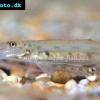 Horseface
Horseface 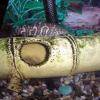 YoYo
YoYo 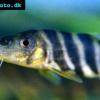 Bengal
Bengal 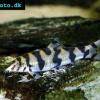 Burmese
Burmese  Myanmar
Myanmar 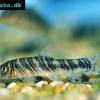 Zebra
Zebra 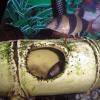 Clown
Clown  Dojo
Dojo 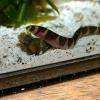 Kuhli
Kuhli  Loach
Loach 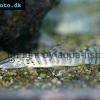 Tiger
Tiger 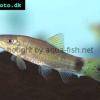 Tailspot
Tailspot 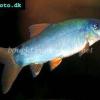 Blue
Blue